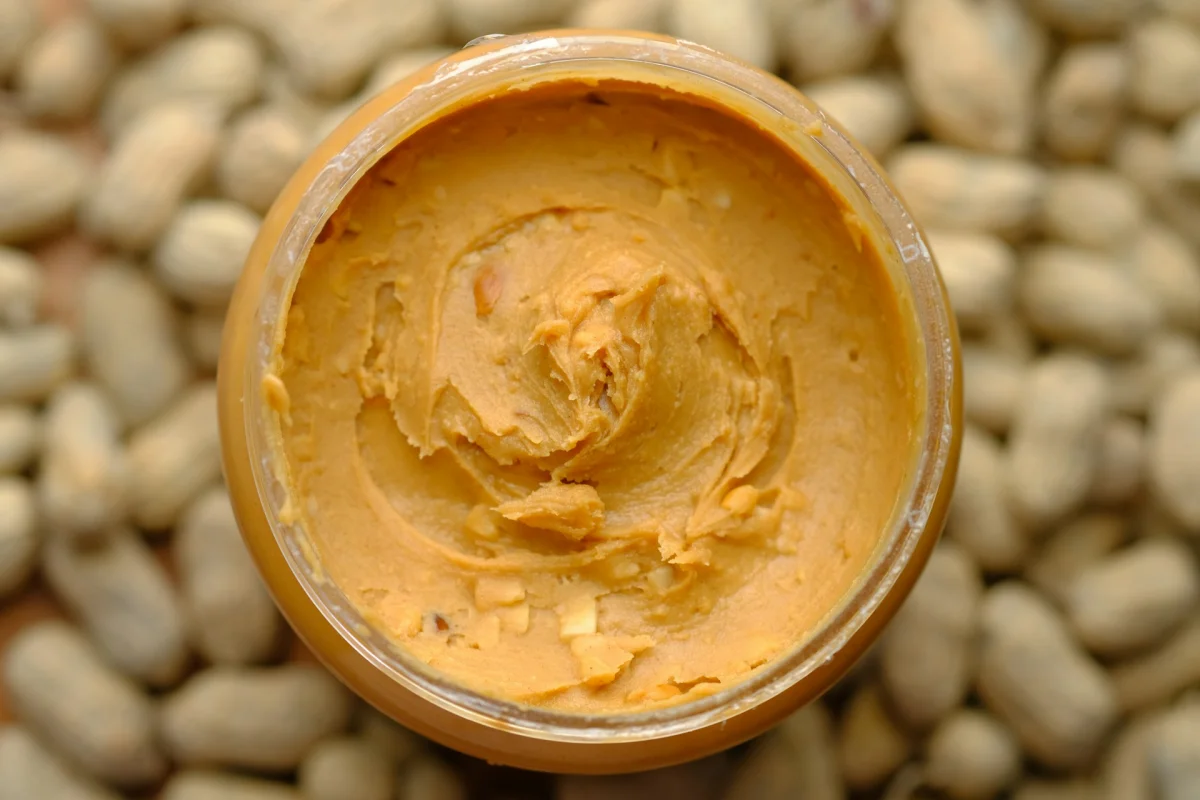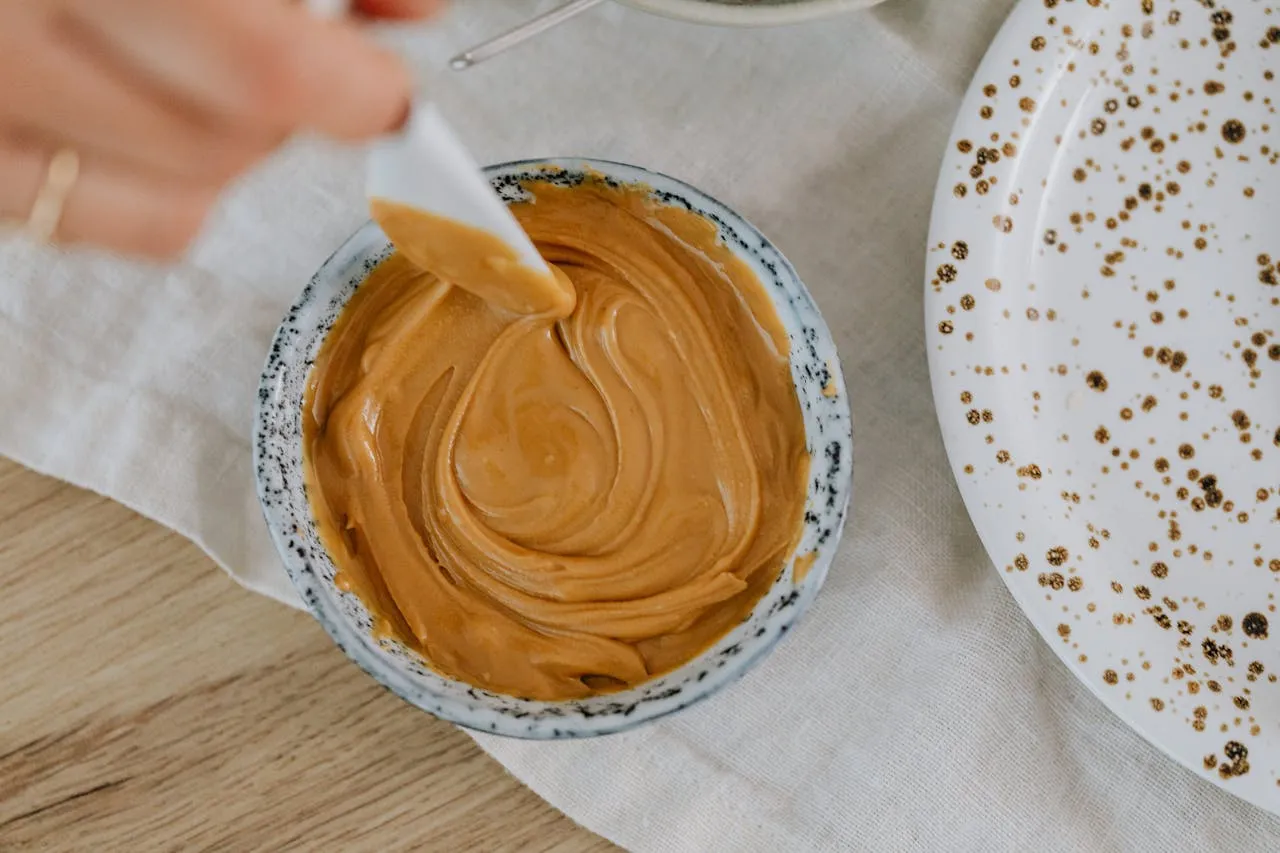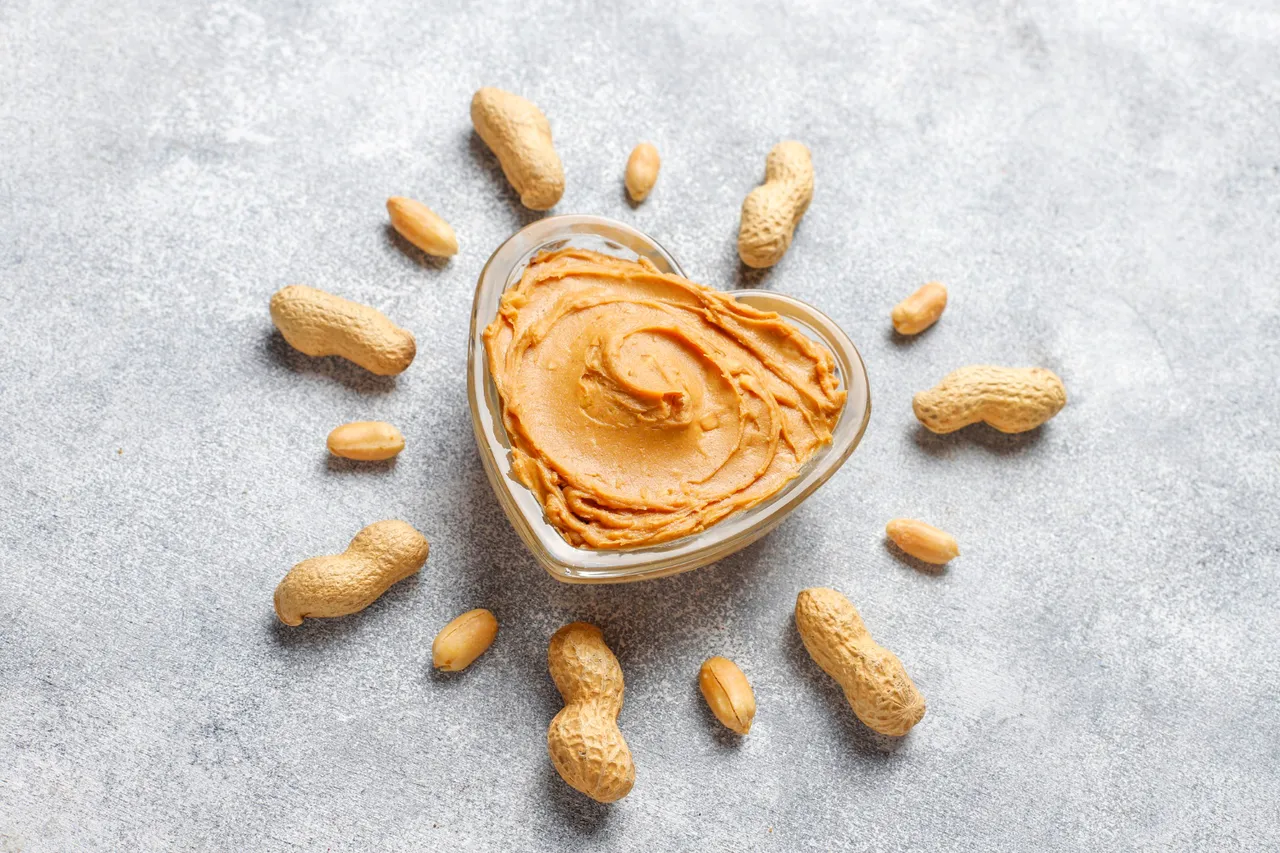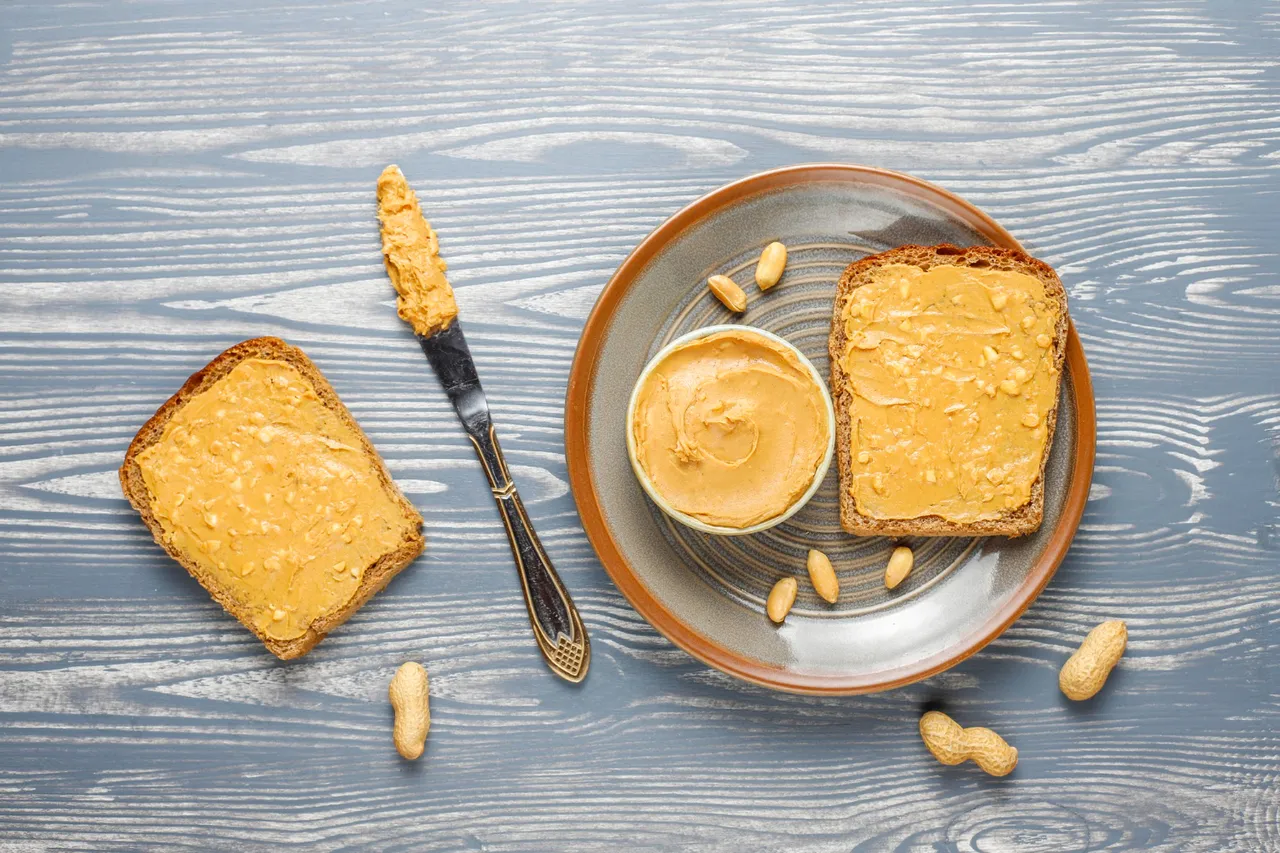 Tuesday, September 16, 2025
Tuesday, September 16, 2025Peanut Butter vs. Peanut Paste - what's really behind it?
Peanuts have long ranked among the most beloved snacks worldwide. Whether in muesli, protein shakes, or simply spread on bread, few other foods combine such rich flavor with valuable nutrients. Yet on the supermarket shelf, there lurks a frequently overlooked question: Should I opt for peanut butter or peanut paste? At first glance, both may seem similar, but the differences are crucial—impacting both your health and fitness goals.

Peanut Butter – The Classic with Additives
Peanut butter, as found at Aldi, Lidl, or in international brands, is creamy, smooth, and tastes slightly sweet. This flavor is due to additives: sugar, salt, and sometimes palm oil contribute to its typical texture and well-known taste.
From a fitness perspective, this has advantages and disadvantages:
- Advantage: The sugar enables peanut butter to provide quick energy. Therefore, anyone relying on fast energy for training might use peanut butter before a workout.
- Disadvantage: The added sugar and fats from palm oil make peanut butter less "clean." Over time, this can result in unnecessary calories not derived from quality nutrients.

Peanut Paste – The Pure Option
Peanut paste is essentially a natural product: 100% ground peanuts, without sugar, palm oil, or salt. While it contains a similar calorie count as peanut butter, it is nutritionally much superior.
From a fitness perspective, peanut paste holds clear advantages:
- Protein Source: Peanut paste offers valuable plant-based protein, which aids muscle building and maintenance.
- Healthy Fats: It is rich in unsaturated fatty acids, positively influencing the heart, brain, and metabolism.
- No Hidden Sugars: Optimal for dieting and low-carb phases as you only consume the "real" calories from peanuts.

Nutritional Comparison per 100 g
| Peanut Butter (Classic) | Peanut Paste (100% Peanut) | |
|---|---|---|
| Calories | approx. 600 kcal | approx. 590–600 kcal |
| Protein | 23–25 g | 25–27 g |
| Fat | 50 g (partly from palm oil) | 50 g (natural peanut fats) |
| Sugar | 5–10 g | < 3 g (only natural sugar from the nut) |
| Dietary Fiber | approx. 6 g | approx. 8–9 g |

Who Should Choose Which?
- Peanut Butter: Ideal for those who enjoy sweet and creamy flavors without strictly watching their sugar intake. It can also be beneficial as a “cheat meal” or for quick energy before a workout.
- Peanut Paste: The better choice for athletes focused on clean nutrition, building muscle, or reducing fat. Especially when combined with oats, protein shakes, or smoothies, it's a genuine fitness superfood.

Conclusion
Peanut butter remains the classic spread, primarily appealing to taste. However, for the fitness community, peanut paste is clearly the superior choice: more protein, healthier fats, and no unnecessary additives. Those who are mindful of their diet and wish to maximize the benefits from this small legume should opt for peanut paste at the supermarket.


